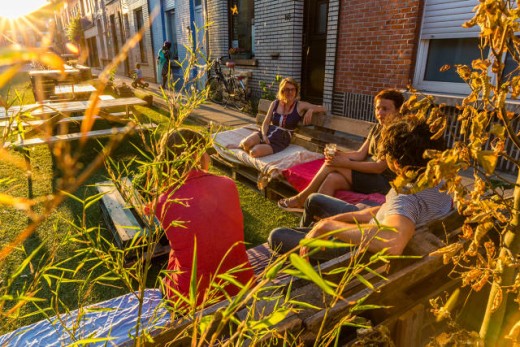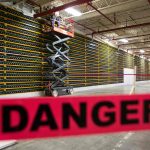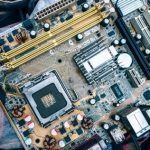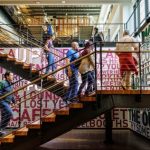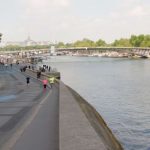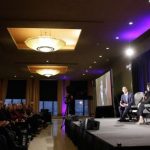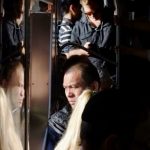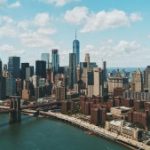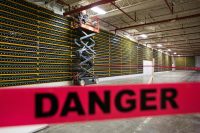Belgian Streets got rid of vehicles And turned into stunning Parks This summer time
infrequently envisioning a existence without automobiles is simply as simple as doing it.
September four
The narrow boulevard in entrance of Steven Clays’s house in Ghent, Belgium, is on a regular basis lined with parked automobiles and full of traffic. however for many of this summer time, it became a makeshift park.
in the midst of the previous site visitors lane—now coated with astroturf and potted vegetation—neighbors sat at picnic tables and drank beer whereas kids performed neighborhood. Parking areas were lined with slides and pop-up bars.
the road used to be one in every of 22 in Ghent to grow to be a “living side road” for 10 weeks, starting in late could. The mission began three years ago, when the city of Ghent asked a group of voters to think about a sustainable future for town. Their vision: A network of automotive-free zones built round critical squares, with fast transit bike lanes, public transit, and neighbors talking on the street.
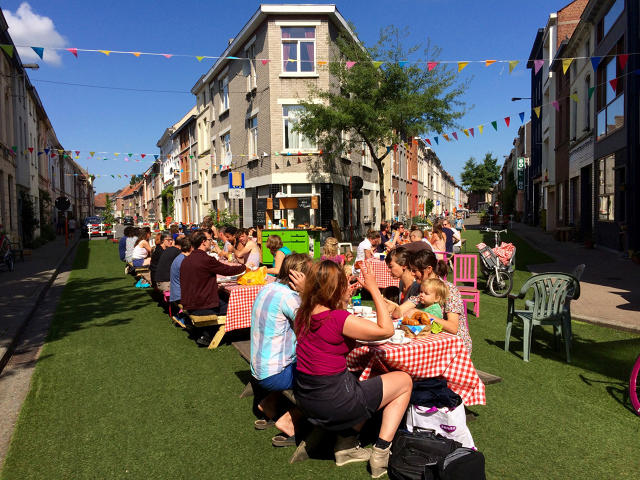
“We realized that handiest a vision via itself would now not alternate the sector,” say Dries Gysels and Pieter Deschamps from Lab of Troy, a “inventive lab” for city solutions. “To make it actually occur, we launched concrete experiments, corresponding to ‘Leefstraten,’ the living boulevard, and tried to make our desires of the city of the following day seen nowadays.”
The residing Streets experiment started in 2013, driven through Lab of Troy, and gets greater every summer time, as neighbors like Clays volunteer to plot and run the temporary parks in entrance of their homes.
“the principle the reason is, we needed to it was once the visitors scenario on our street,” says Clays. “it can be a residential local, but there are a variety of automobiles riding fast. We asked already the city council to do one thing about it, to no avail.”
It additionally solved the need for more public house in the area. “The street connects to a small park, so the street was like an awfully giant park,” he says. “Neighbors noticed each other extra. more possibilities for interaction, for having a chat, for consuming collectively out of doors, that roughly stuff.”
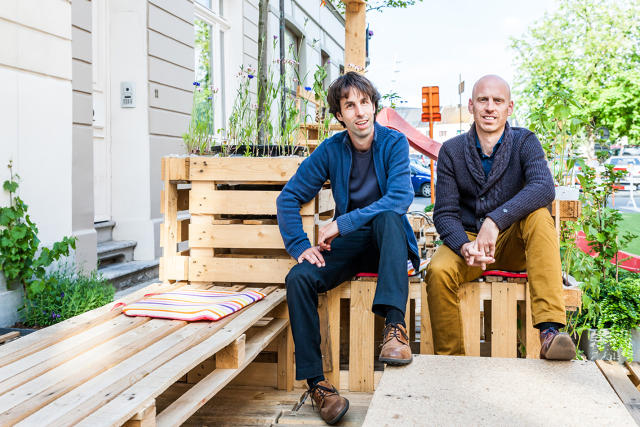
It was once slightly like a never-ending block celebration, which did lead to a few neighbors to whinge about late-night time noise. but Clays says that the team quick tailored to resolve any issues, and the process ended up making the block so much nearer than ahead of.
“creating a living street … is a big opportunity to improve the social brotherly love,” say Gysels and Deschamps. “the fact that they are able to use their streets as parks leads to way more intense contacts and continuously turns into the beginning of beautiful and interesting stories. once the 2 month check period is over, these contacts keep.”
The scan gave neighbors the chance to look what life would be like without cars. whereas some people discovered parking local, others deliberately parked their vehicles out of straightforward reach, on the other side of the main roads that circle the critical a part of Ghent.

“They engaged themselves not to use their automobile for 2 months—a small test in mobility,” says Clays, who does not personal a automotive. “lovely interesting. We have no idea yet the effects of the scan. however i believe it could be a wakeup call that they are not looking for that automotive as much as they believe.”
“one of the crucial main strategic questions of this scan is how we can prepare our day by day lives with out the use of our automobiles as much as we do nowadays,” say Gysels and Deschamps. “If we can, fewer automobiles will probably be wanted and we are able to put them at distance. with the intention to regain public car parking zone and turn these into extra livable places—with slides, petanque courts, pop-up bars, and picnic benches—the inhabitants search for appropriate choices to place their cars.”
in some way, the experiment is designed to result in improve for extra everlasting automobile-free streets. however it’s a gradual course of. “This was just a check, and mainly now we have considered that it will possibly work very neatly,” says Clays.
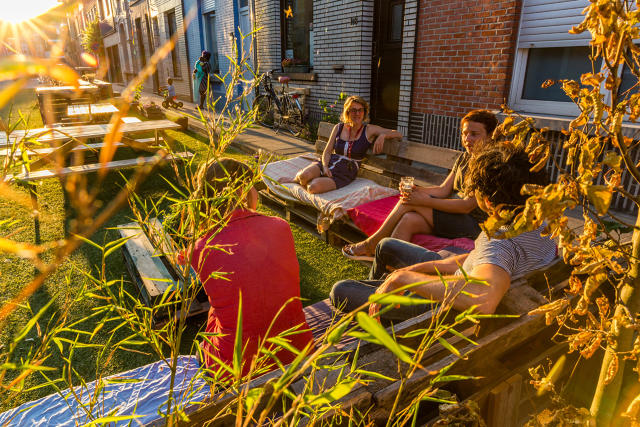
On Clays’s street, it also led to a couple instant changes in public space. “the synthetic grass on our side road attracted little soccer players from each local,” he says. “First 10 folks, then 20, then it was like a side road soccer box for Ghent.” After neighbors started to complain, they realized they might put artificial turf on a concrete enjoying box across the corner—and even if the rest of the undertaking has been taken down, the new box remains.
“while you do something like this, that you can’t predict all the results,” he says. “What’s fascinating in regards to the scan, for those who simply react to the effect, which you can in fact do something that in point of fact issues. virtually no parks round here are designed for playing soccer. That was one factor that enhanced through this.”
it’s the type of scan that is becoming extra standard. In South Korea, the “Ecomobility pageant” went even farther, putting off automobiles from a complete regional. the identical factor will occur in Johannesburg, South Africa, this fall.
“Cities are the laboratories of the longer term,” say Deschamps and Gysels. “we propose cities to get together transient networks of engaged individuals—frontrunners from society—who can challenge and inspire everybody within the city.”
quick company , learn Full Story
(77)

